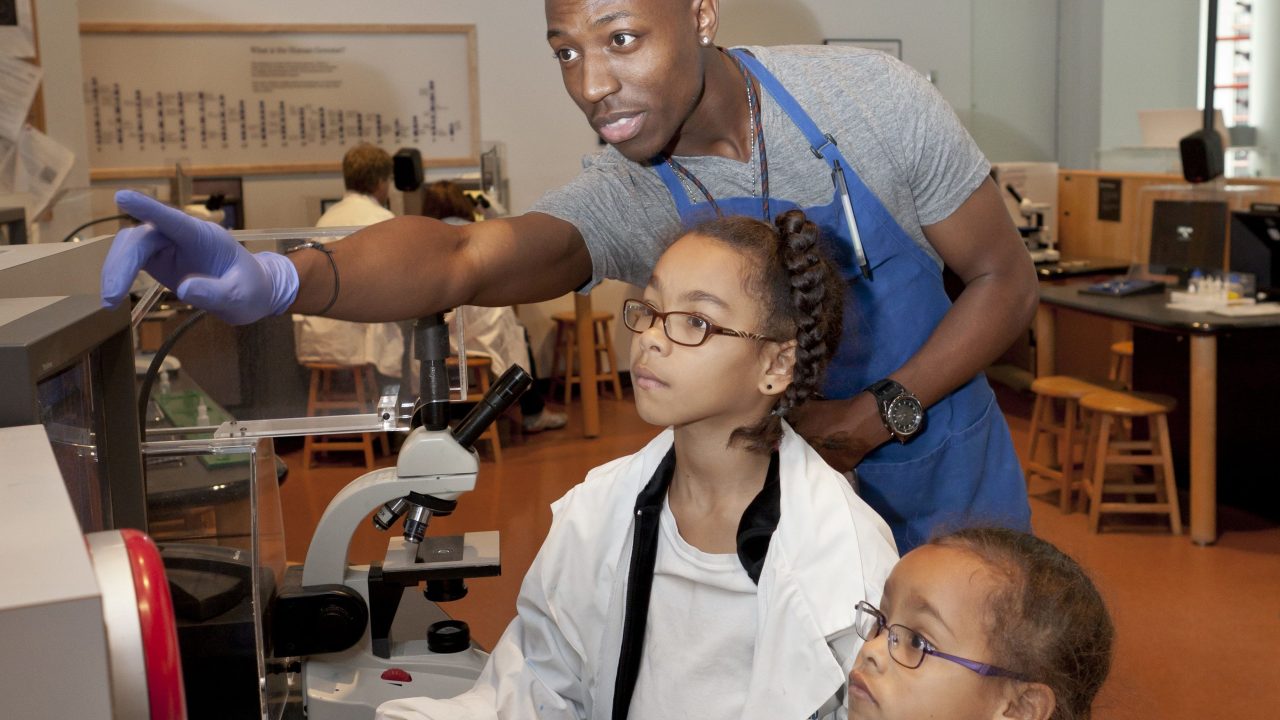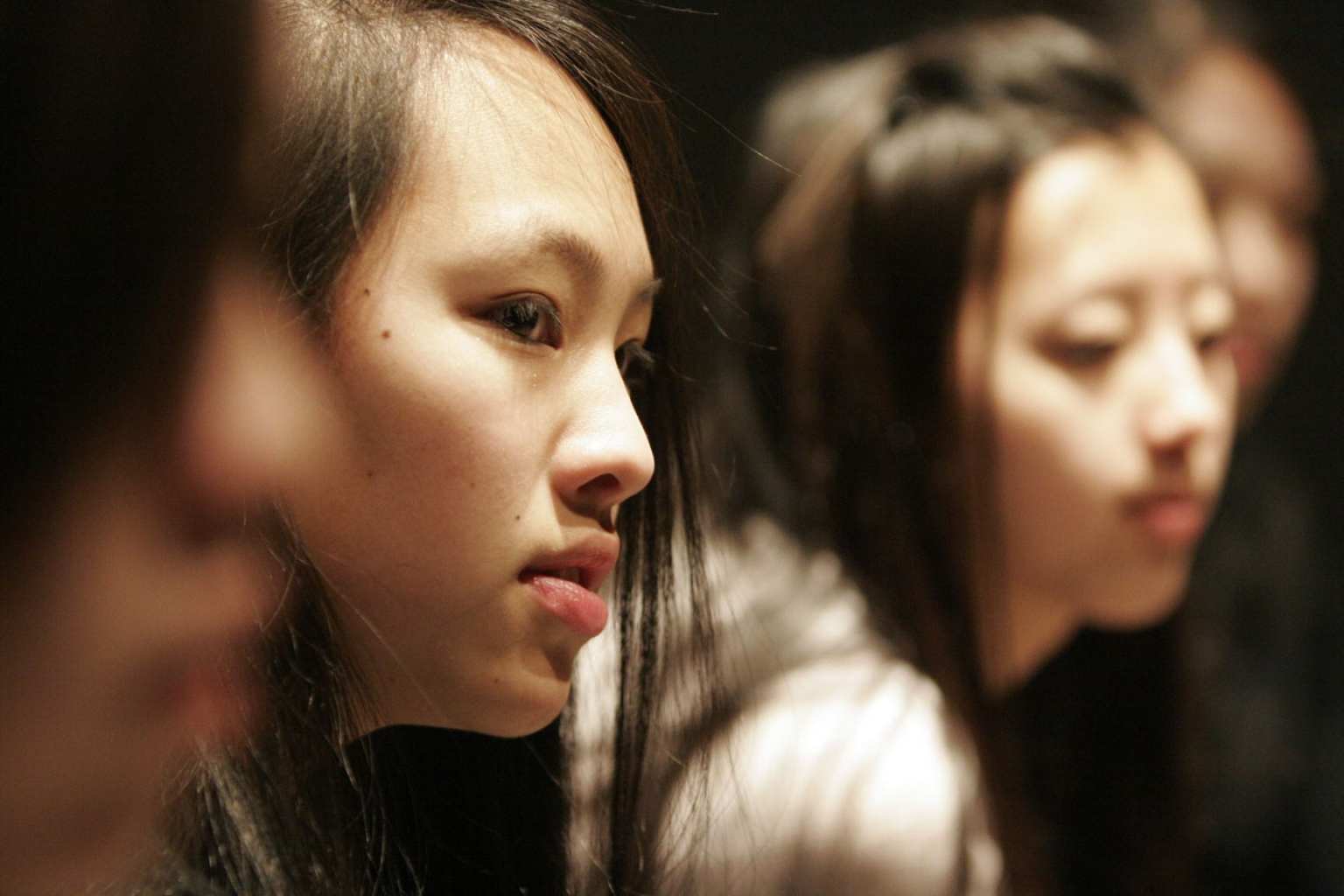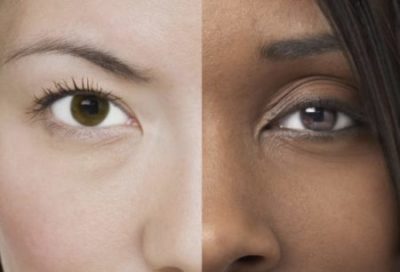
Earlier this year the Science Museum of Minnesota unveiled a new Statement on Equity and Inclusion. We recently asked Kim Ramsden, director of communications for the museum, how this statement came about and how the museum moved it from a general idea to a living document.
1. How did the equity statement come about? How did you determine the museum needed one?
The Science Museum Board of Trustees approved a new Strategic Plan in June of 2017. The plan emphasizes equity and inclusion throughout its initiatives and vision. With the national and local conversation on race, equity, and inclusion being elevated—and the decade-long, museum-wide, equity-based work in process—articulating our commitment to equity and inclusion is vital now more than ever.
The museum’s Statement on Equity and Inclusion is the most recent of three foundational statements that guide our work. The museum also has a statement on evolution and climate change.
Each of our statements holds a specific point of view on important societal conversations and questions, and they represent the intersection of science and our values. The statements give us a platform for the work we produce and the collaborations in which we participate.
The equity and inclusion statement uses language drawn directly from the Museum Mission Statement and explains how we will activate the mission by using an equity lens to inspire learning, inform policy, and improve lives. The values of our institution, which prioritize inclusion, will allow us to continue to be a relevant, valued, and trusted community asset.
Our goal is to create a museum culture that is not defined by one people or background. Each and every ethnicity and lived experience contributes to a vibrant, relevant museum.
Why focus on equity and inclusion inside a science museum? Because science is a human endeavor. Humans use science and scientific methodologies to understand and explore a complex world.
Equity at the Science Museum of Minnesota means that we will ensure, for every staff member and visitor, full and meaningful participation through science content and research, STEM education, and museum experiences. Inclusion assures that all people gain an understanding of the world through science. Inclusion results in better science, science that is informed by questions and solutions articulated at the intersection of identity and science.

2. How was the document developed? Did you create an internal team? Did you include outside voices in the development of the document?
The lead author on the project is Joanne Jones Rizzi, Vice President of STEM Equity & Education.
She curated authors who are staff members and leaders within the museum and recognized nationally for their expertise in their respective fields of STEM equity education, research, evaluation, science and equity-based program development, youth leadership development, and exhibition development.
All of the authors worked with museum President Alison Brown during the statement development, which took about 18 months. She made edits and suggestions to strengthen the document and approved the final version.
Drafts of the statement were sent out to trusted community advisors for feedback during this process. It had to reflect our vision of where we wanted to be and acknowledge that we aren’t fully there yet. We still have work to do.
The Board of Directors approved the Equity & Inclusion Statement in the spring of 2018. They have been immersed in equity and systems change work with us. During this process, the conversations were uncomfortable at times, but that was part of the learning process. Board members are not only supportive, but personally engaged and motivated to do more of this work with us.

3. What did you learn along the way?
The Science Museum of Minnesota has led the national conversation on race and racism through our RACE: Are We So Different? exhibition for fifteen years, but as an organization with roughly 600 full time employees, we have not been addressing our own biases systematically throughout the museum until really the past few years. We’ve made progress but there’s still a lot of work to do; we understand that this learning will take years.
4. What have you learned since it’s now public?
Making the document public affirmed for our visitors our commitment to this work. It has also been a validation for staff who have been involved in the museum’s numerous equity efforts.
All three statements make visible our perspectives on science, education, and equity; and we provide a context for deeper discussions and understanding.
We are an organization that has a commitment to bring challenging topics to the public. We are willing to be comfortable with the discomfort that can come with presenting topics that people feel strongly about. The conversations that we are able to have with visitors about our equity work are critical to our role within our community and within the museum field.
5. How do you anticipate it will inform your work in the future?
The Statement of Equity and Inclusion reflects the current work and the strategic plan of the museum:
- To develop a multi-year equity and race initiative to expand our impact on STEM equity, which will include updating the RACE: Are We So Different? exhibition and its supporting programs—in creating new content, increasing access, and driving systems of change at the local, regional, and national level.
- To continue efforts to increase diversity in senior leadership positions at the museum and on the Board of Trustees.
- To foster youth leadership and prepare the future workforce for STEM careers by working with girls, youth of color, and other youth historically left out of STEM education in the Kitty Andersen Youth Science Center, and empowering them to change the world through science.
- To expand our work in the newly created STEM Equity & Education division, providing a strategic and coordinated connection for equity-based informal science learning with educators, foundations, and corporations. Many members of this division are leaders in equity and inclusion efforts and have been championing this work for years on the local and national level.








